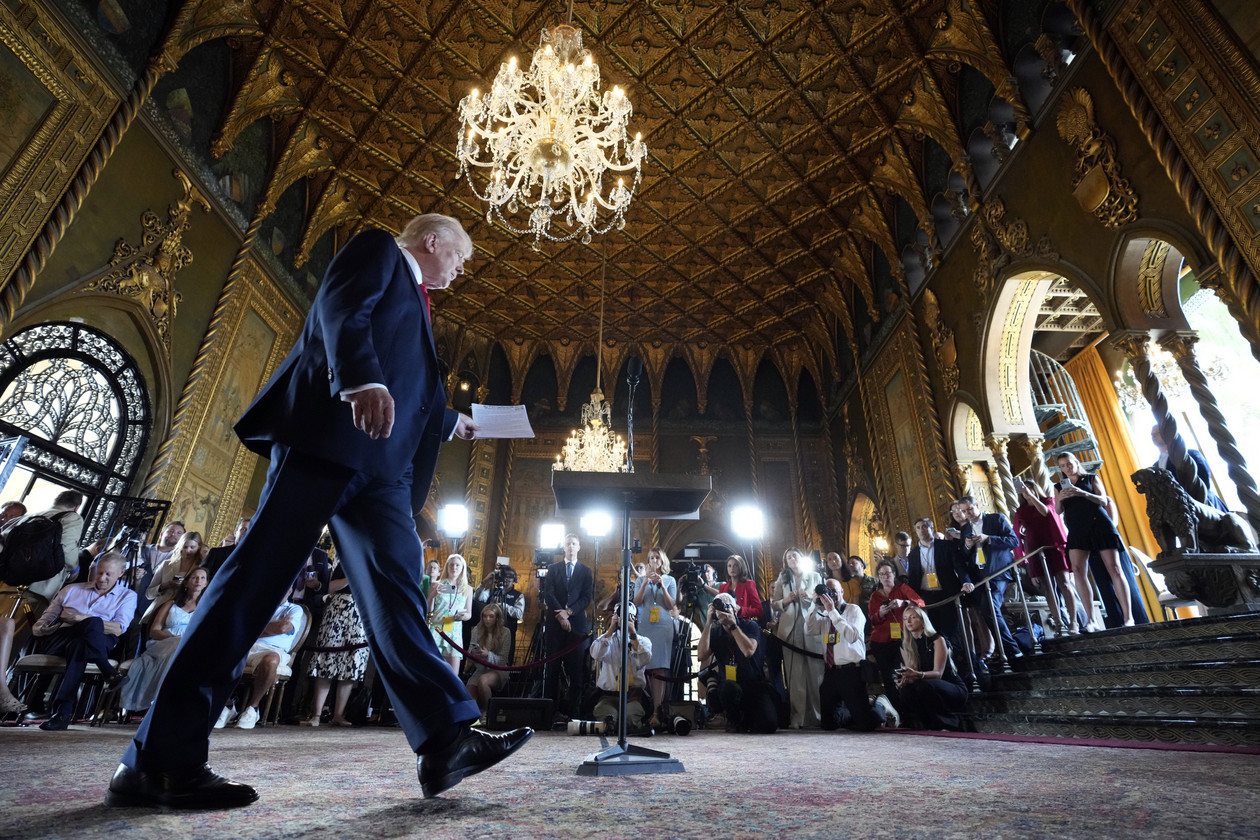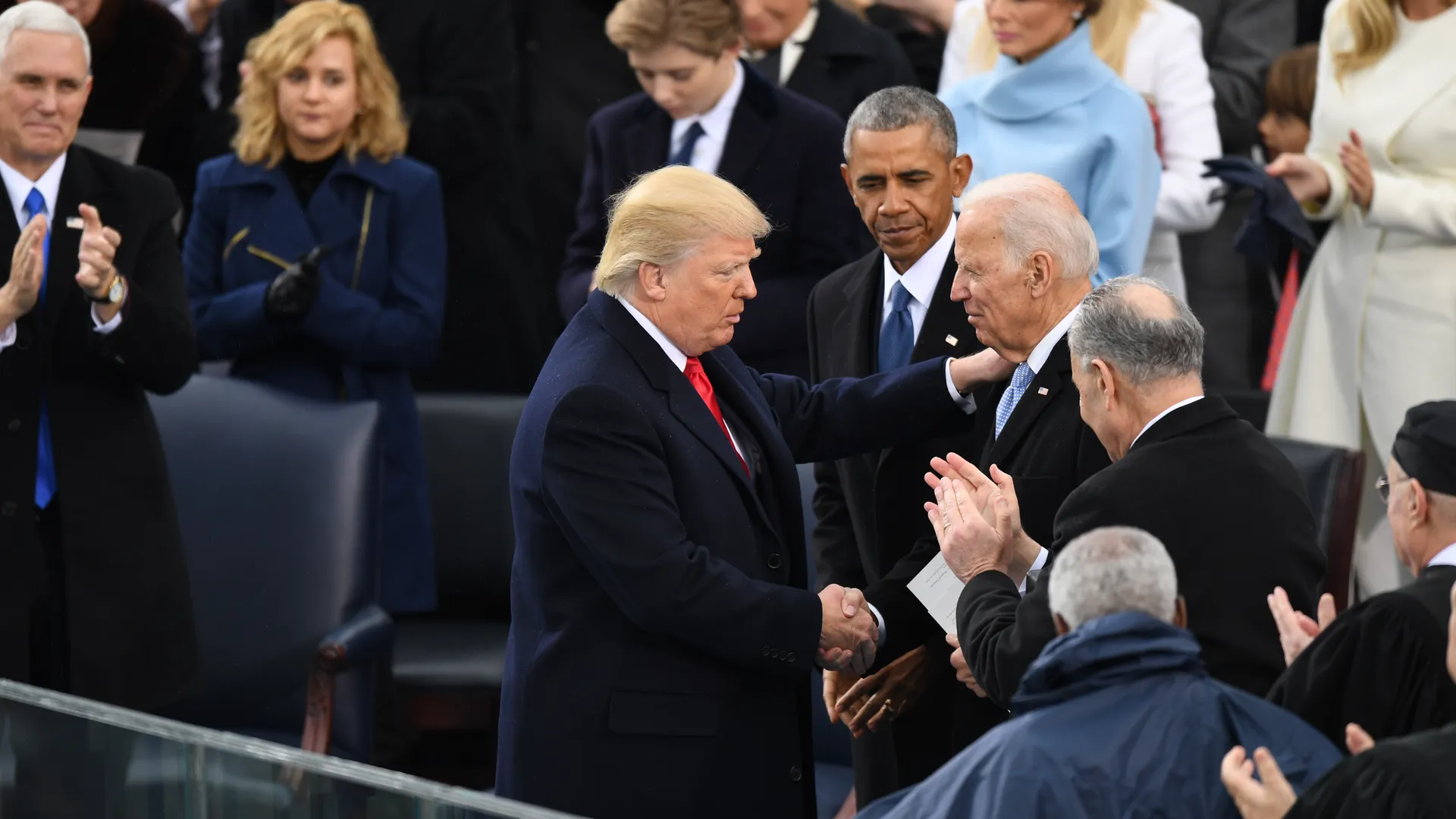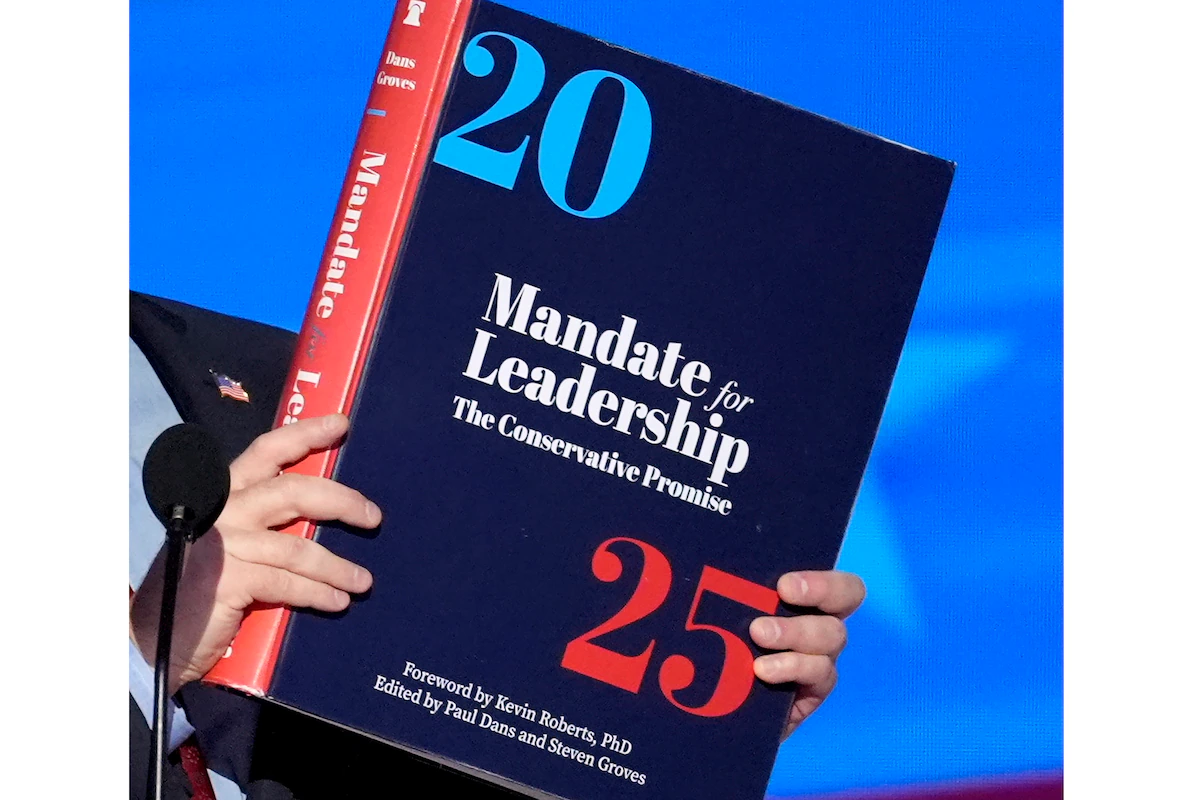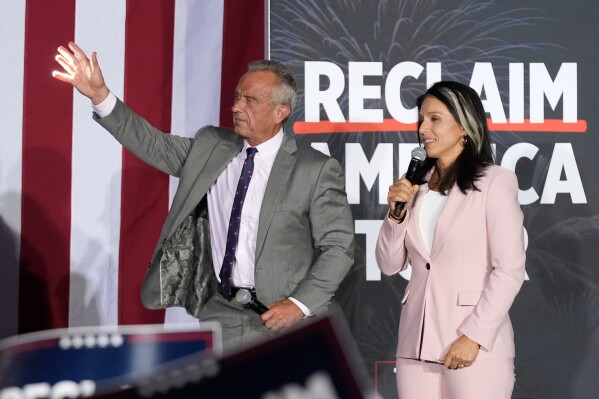The election is over — and the wheels for Donald Trump’s administration are already turning.
Changing administrations is not a simple task, and for national security purposes, the planning begins well before election day. Presidents need to be ready on day one, and spending weeks or months getting up to speed and hiring people would leave a president –and the country– flat footed and vulnerable.
What is the transition process?
Historically, there have been rocky transitions between presidents – administrations haphazardly cobbling together new teams who took quite a bit of time to get up to speed. When Lincoln was elected in November 1860, Southern states were mad, seeing the writing on the wall of how things were likely to go in the near future. So they began trying to secede before Lincoln even took office – South Carolina was like, “Ok, bye, y’all,” in December 1860.
President Buchanan was no help – he basically threw up his hands and said “there’s nothing I can do here,” and his pro-slavery Cabinet members began resigning. Meanwhile, Lincoln was a long train journey away in Illinois. Threats against Lincoln’s life came pouring in, and when he finally did board the train to Washington, he had to avoid being assassinated before inauguration.

In 1963, Congress passed a law to try to make the process smoother and more orderly. The bill, the Presidential Transition Act of 1963, was meant to prevent “any disruption occasioned by the transfer of the executive power could produce results detrimental to the safety and well-being of the United States and its people.” There have been multiple updates to the law since then, such as making sure administrations hand over computer data to incoming presidents, instead of just written documents.
Since then, there have been delays and disruptions in presidential transitions, but none as serious as states trying to secede. The lengthy delay in determining the winner of the 2000 election made the transition more difficult, and so did Trump’s refusal to concede in 2020. (More on that in a moment.)
There are now set guidelines that incoming and outgoing administrations can follow. The process is supposed to be nonpartisan and candidates usually start planning for a transition about six months in advance, so that the teams are ready and waiting once a winner is announced.
The purpose of the transition team is to:
Vet potential political appointments (people who serve “at the pleasure of the president.” This means they serve one administration and usually leave when it is over.) All incoming presidents need to hire more than 4,000 political appointees, all of whom must be screened, which means looking at financial disclosures and conflict-of-interest concerns. The team also conducts background checks through the FBI.
Set policy agendas
Coordinate with the current administration

The current administration is required by law to create their own transition team (even if the incumbent is running for reelection) that will work with the incoming president’s team. Government agencies are also required to lay out a succession plan for any senior political official that serves at the pleasure of the president, and they need to put together briefing materials that will be given to the president-elect.
These materials aren’t necessarily about policies within the agency, but more about how the agency is structured, what their budget is, and how many political appointees there are in the agency.
Valerie Boyd, director of the Center for Presidential Transition at the Partnership for Public Service (a nonpartisan group that provides assistance to presidential transitions), said the briefing materials are to “to help inform the next administration about what is facing them coming in, what the problems are, what the administration has done to address them, and where they think priorities should be in the future.”
A little known agency with a lot of power
There’s also a pretty unknown government agency that plays a major role in the presidential hand-off: the General Services Administration, or the GSA. This agency was created by the 1963 act in order to provide operational support.
One of the key roles of the GSA is to sign paperwork that amounts to an official recognition of the winner of the presidential election. Traditionally, this has happened a few days or weeks after an election.

GSA’s signature on this paperwork officially launches the transition, meaning money can be allocated, along with equipment, and offices. Millions of dollars appropriated by Congress is sent to the incoming president’s team, which will be used for things like salaries and administrative support. The GSA is also in charge of finding office space in every federal agency for the transition team to use, as well as equipment, like computers.
Even the seemingly small things, like transition teams getting government email addresses, rely on this paperwork being signed.
For decades, this process worked smoothly. But in 2020, Trump refused to concede the race to Joe Biden and the head of the GSA, who was a Trump-appointee, wouldn’t sign the paperwork allowing Biden’s transition team to get started. This was the first time in two decades that the transition was put on hold.

This caused a major delay in policy planning for critical issues, like Covid. The Health and Human Services transition team was not allowed to have contact with agencies in place, including the officials running Trump’s covid response team, and they couldn’t access necessary information and resources that would help plan his administration’s federal response to the virus.
Biden’s budget planning was also delayed, and he wasn’t privy to intelligence briefings.
An updated act
This delay to the transition process can prevent the new president from quickly rolling out policies, but it can also be dangerous because foreign adversaries could try to take advantage during a lapse in national security (some experts say that the hold up in 2000 potentially contributed to the US not being as prepared for the Sept. 11 attack the following year as they could have been).
That’s why after 2020’s hold up, Congress decided to make a change.
In 2022, Congress passed a law to try to prevent any future transition delays. The new law said the head of the GSA no longer holds the keys to the new government. Instead if no candidate is declared a winner within five days, the GSA is supposed to treat both candidates like they are the winner.
This means that even if the election results are delayed or held up in court, both candidates can access the resources and support to begin planning for their administration.
This support will continue until any “significant legal challenges” to election results have been “substantially resolved” or when the Electoral College meets in December and officially declares a winner. That timeline still gives the official winner of the presidency at least another month to prepare.
A lot of people thought this new rule might be necessary, based on how close the polls showed the presidential race. However, Harris conceded the race on Wednesday, less than 12 hours after it was called for Trump, and both she and Biden have offered their support to Trump’s transition.
This year’s transition
Trump’s transition team doesn’t seem particularly interested in working with the GSA. His team is chaired by the CEO of a financial company, Howard Lutnick, and Linda McMahon, who previously ran the Small Business Administration during the Trump administration.
Other members of the team include Robert F. Kennedy Jr., former Democratic congresswoman turned Trump-supporter Tulsi Gabbard, and Trump’s sons, Donald Jr. and Eric. Lutnick said this year’s transition is “about as different as possible” from 2016, which was led by Chris Christie (ultimately, Trump fired him and handed over the reins to his vice president-elect Mike Pence).
Identifying conservative federal employees is a top priority of Project 2025, a blueprint for the next Republican presidency. During the campaign, Trump distanced himself from Project 2025, but in recent days, several people in Trump’s orbit have said Project 2025 will be implemented.
Part of the goal of Project 2025 is to create a sort of conservative LinkedIn, which the project calls the Presidential Personnel Database. This is a list of people who Trump could choose from when it comes time to pick political appointees. Project 2025 says, “With the right conservative policy recommendations and properly vetted and trained personnel to implement them, we will take back our government.”

Trump’s team did not sign the paperwork required before the election to gain access to the transition resources, and they have also not turned over an ethics plan or identified who will need early security clearances. (The ethics pledge says the president-elect and his team will avoid conflicts of interest.)
Because they haven’t signed the paperwork, Trump and his team have been locked out of briefings with the current administration.
It’s unclear if he plans to sign any of it. Tulsi Gabbard said Trump isn’t interested in working with the GSA at all, because then the Biden administration might spy on them.
She said, “They’re freaking out because they can’t place their moles within the transition team to try to figure out what Donald Trump is doing, so that they can spin up their media propaganda machines, and try to preempt and undermine the work that we are doing to bring great patriots together to actually fix the government.”

If Trump does go it alone in terms of the transition, he’s also not able to access federal funds to pay for it. If he did use that money, there are rules to how much money he can take from private donors (there’s a $5,000 max from individual donors). And RFK Jr said Trump is fine paying for it himself, saying, “he got private donors to fund it.”
If Trump does get the entire thing funded privately, he’s not obligated to disclose who gave him the money, and unlike campaign donations, the Federal Election Commission does not regulate those donations.
It’s unclear if that will change, as Trump’s transition team is saying their lawyers are currently negotiating with the Biden administration over terms of the agreement.
For now, Trump and his team don’t seem to be worried about that. He said in August, “I don’t need that briefing… They come in, they give you a briefing, and then two days later, they leak it, and then they say, ‘You leaked it.’”